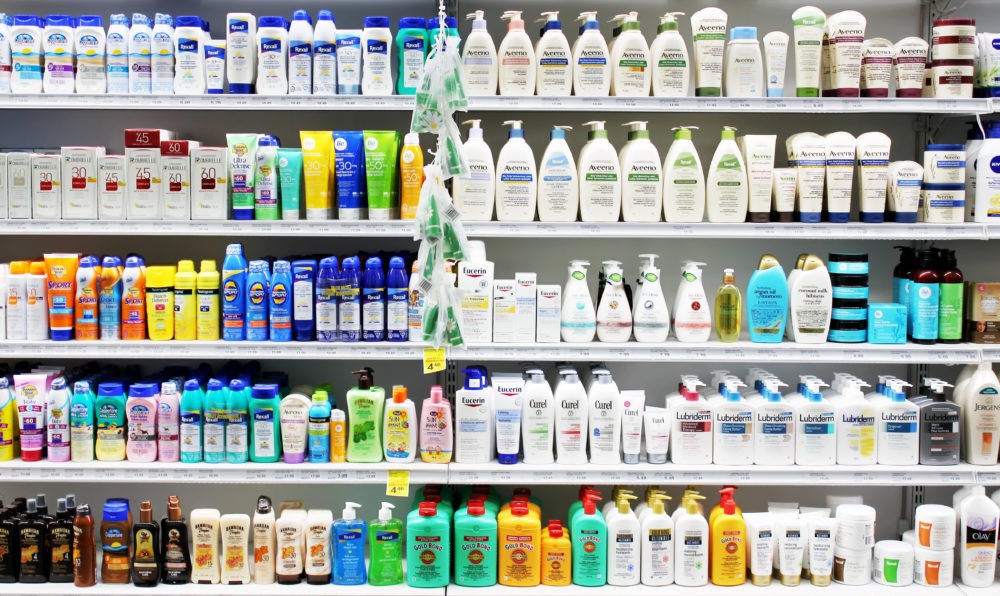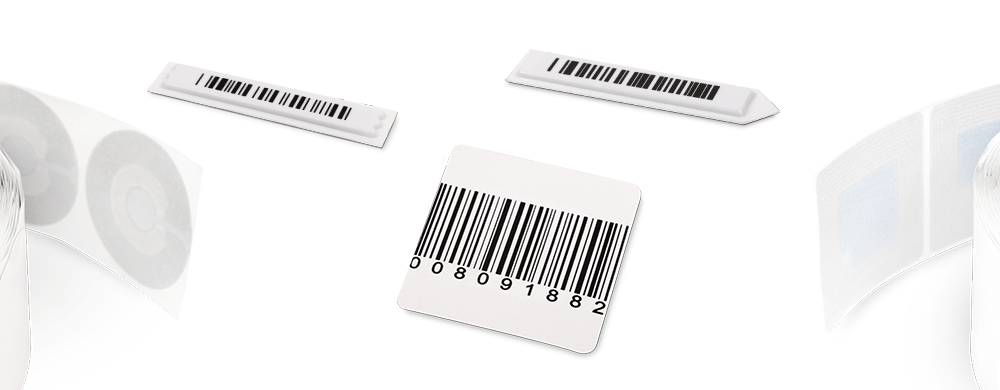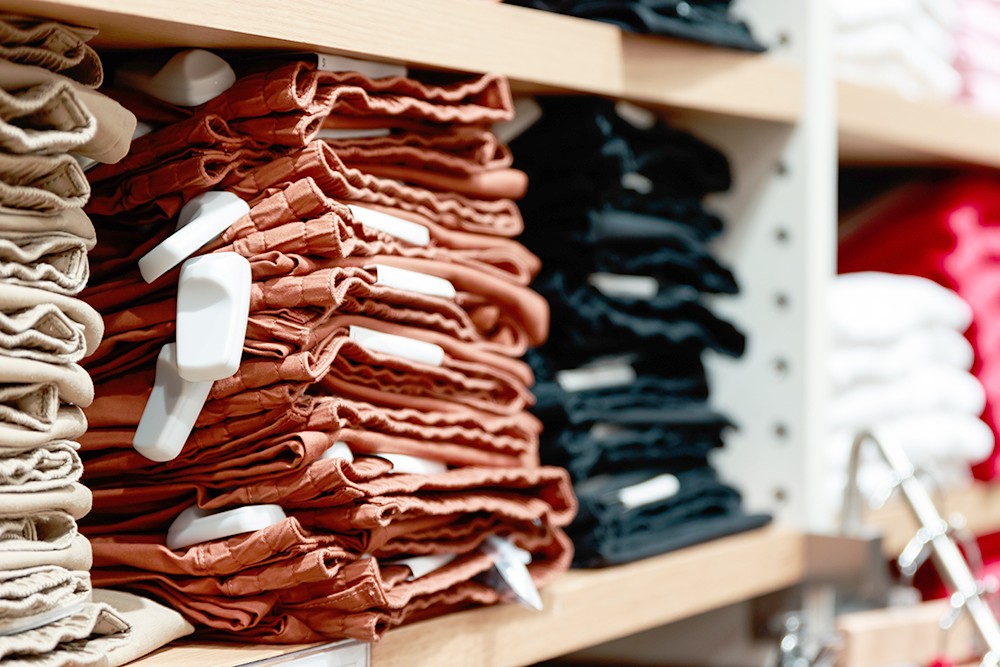
Choosing the right security labels
Whether it’s non-perishable groceries, DVDs, cosmetics or pharmaceuticals, security labels are the ideal way of protecting high-volume, low-value stock from theft.
Simple to affix, security labels are used by large and small retailers worldwide, offering an affordable product-based security option that is seamlessly deactivated at the Point of Sale.
However, like all areas of Electronic Article Surveillance (EAS) there are choices to be made when it comes to which label is best suited to what product. So, here’s a quick guide to choosing the right security labels.
Security label basics
Security labels are one of the many options available when it comes to protecting stock at a product-based level using Electronic Article Surveillance.
These labels house a small receiver within an adhesive sticker that can easily be affixed to products.
The receiver remains in constant communication with an EAS antenna, and when that label comes too close, an alarm sounds, alerting staff that an item is passing through the entryway.
Labels are deactivated using a deactivator that breaks the circuit in the receiver, so they no longer communicate with the antenna. They can then pass an antenna without sounding an alarm.
This affordability, disposability and simple deactivation makes security labels the go-to option for small items like groceries or hardware.
So, what do you need to consider when selecting the right label for your store?
EAS antenna frequency – RF or AM?
Like security tags, security labels are available in either the RF or AM frequencies to suit whichever EAS system you have in store.
Each technology offers slightly different features and specific benefits for particular products.
RF labels:
- Are well-suited to retailers with high volumes of packaged products which require a flat paper label that can even be printed on
- Are often favored by supermarkets, discount stores, book stores and video stores
- Caution should be applied when using for RF labels with metallic or foil products or packaging due to tag detuning and reduced detection
AM labels:
- Are well-suited to the protection of merchandise with a high metal/foil content such as consumer electronics, cosmetics, hardware, and pharmaceuticals.
- Offer a slightly raised profile
- Are often favored by drug stores, cosmetic stores, electronics retailers, and hardware outlets
Label size and colour

Security labels are available in a wide range of colours, sizes and shapes, including round, square and rectangular with semi-transparent options also available to ensure they do not obscure vital information on the packaging.
Generally, RF labels have a slightly larger footprint than AM labels, but offer a lower, flat profile.
AM labels have a slightly raised profile but a smaller footprint than RF labels.
Security labels are designed to be discreet yet feature strong adhesives to ensure they cannot be easily removed by shoplifters.
Alternatively, non-adhesive labels can be inserted into the packaging of a product.
Barcoded?
In a bid to offer greater efficiency at the Point of Sale, security labels are also available with the barcode pre-printed, so product information and security is catered to easily in a single label.
Printable?
Plain RF labels can also be printed on, allowing information or barcodes to be added. This makes them an ideal option for source tagging at the point of manufacture.
Deactivation
Unlike security tags which are detached and removed at the Point of Sale, security labels are deactivated.
This involves using technology to break the transmitter circuit within the sticker. As a result, labels cannot be reused, but the method does allow for quick disarming at the Point of Sale.
Deactivators can be built into the Point of Sale scanner or incorporated beneath the countertop to ensure scanning and deactivation occurs in one swift maneuver.
Positioning
The ideal place for a security label is near a product barcode. This allows the product to be scanned and the label deactivated at the same time.
Meanwhile, positioning the security label near the barcode also ensures essential product packaging information is not obscured.


